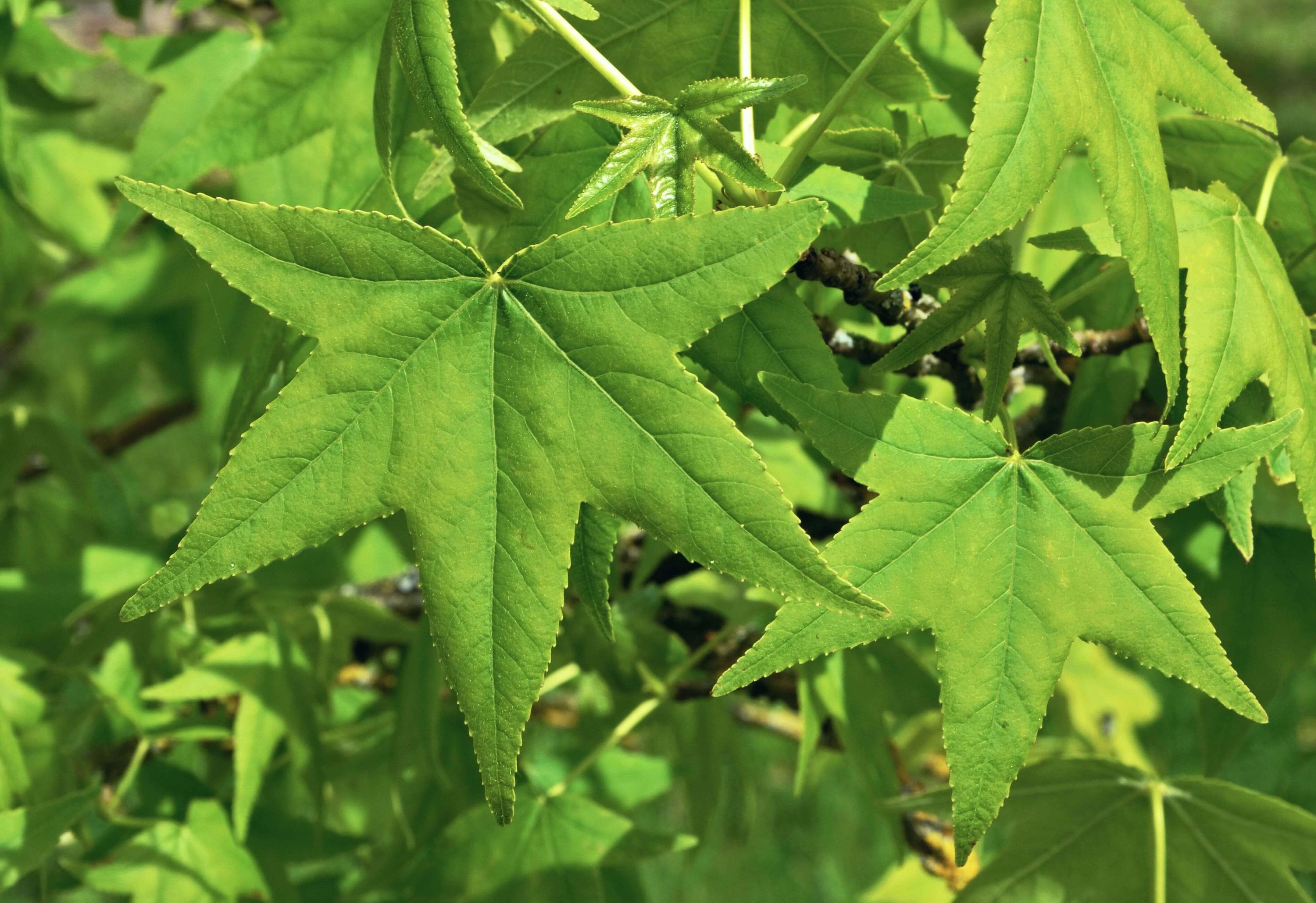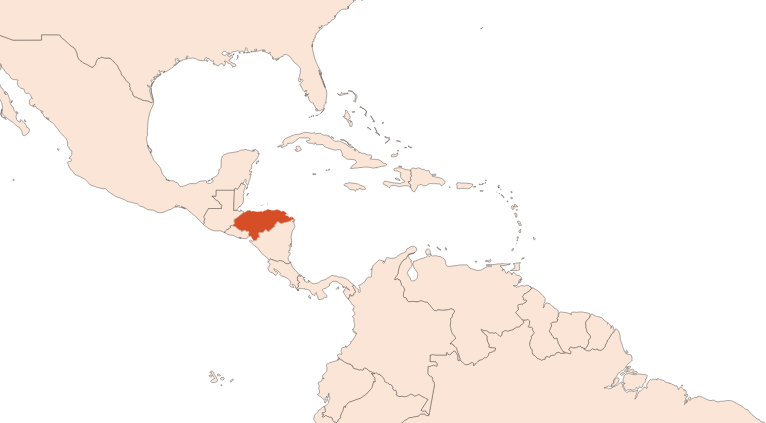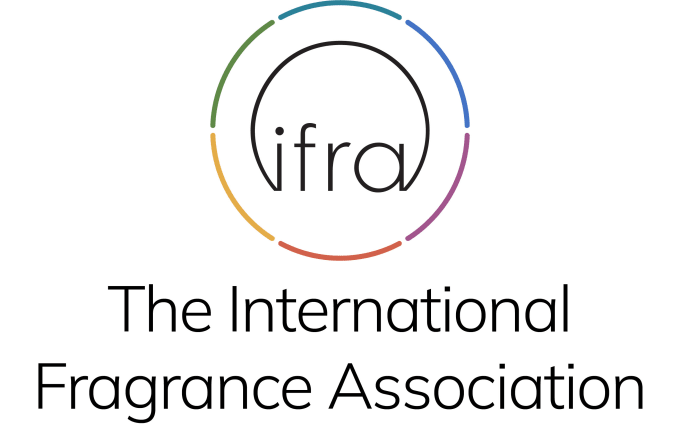
Do you sell any of the raw materials? Would you like to let our users know?
Send an email to fournisseurs@scentree.coto learn about our advertising opportunities.
Do you sell any of the raw materials? Would you like to let our users know?
Send an email to fournisseurs@scentree.coto learn about our advertising opportunities.
General Presentation
-
CAS N° : 8046-19-3
-
EINECS number : 305-627-6
-
FEMA number : 3037
-
Appearance : Viscous amber liquid
-
Density :
-
Volatility : Base
-
Price Range : €€€€€
Physico-chemical properties
-
Optical rotation : Donnée indisponible
-
Vapor pressure : Donnée indisponible
-
Refractive Index @20°C : Donnée indisponible
-
Acid Value :
-
Flash Point :
Uses
Uses in perfumery :
Pyrogenated styrax is used in fine fragrance for leather accords, to be included in the typical scheme of some oriental and chypre perfumes, and for white flowers accords. It brings a more pyrogenic and leathery note than other styrax extracts.
Major Components :
Data not available.

Photo credits: ScenTree SAS
Botanical name :
Liquidambar orientalis Mill.
Synonyms : Liquidambar imberbis Aiton // Liquidambar orientalis subsp. integriloba Fiori
Botanical profile :
Styrax is a tree of the Hammamelidae family and the genus Liquidambar.
Chemotypes :
The genus Liquidambar has two major species cultivated for perfumery:
The Liquidambar styraciflua (present in Latin America, especially in Honduras) naturally exudes the resin. Its composition is richer in Beta-Caryophyllene.
The Liquidambar orientalis (present in Turkey) must be hammered to exude the resin.
Two other species can be used in perfumery, but on a smaller scale:
The Liquidambar formosana, or Formosan sweetgum, from China.
The Liquidambar acalycina, also from China (South of the country).
Extraction process :
Styrax is a medium-sized tree that secretes a resin in its sapwood (the youngest part of a tree) and its bark.
The resin is naturally secreted by the trees but its secretion can be accelerated by an incision or voluntary hammering of the tree. After a month drying on the tree, the resin is collected to be extracted by steam distillation after filtration.
The drying hardens the resin, which turns brown due to oxidation. To obtain Styrax EO Pyrogenated, the process is globally the same as for Birch Rectified EO or Cade EO. The resin is placed in an oven and heated at a very high temperature (around 800°C). The resin sweats. Vapors are condensed in a condensor to get only a sort of tar. This very pasty substance contains carcinogenic copounds and need to be rectified. Thank to a low pressure distillation, the color of the oil is partially taken away and carcinogenic compounds are removed to get the resulting EO pyrogenated.
Styrax EO is obtaines thanks to a classic steam distillation and Styrax Resinoid is the result of an extraction with organic solvents. There is also a CO2 extract of Styrax, which gives it a higher olfactory quality, but is more expensive.
The leaves of the tree can also be extracted, to obtain an essential oil whose composition is more volatile and smell is very terpenic.
Other comments :
Globally, Styrax EO Pyrogenated is used to bring a smoky woods aspect to leather compositions, Styrax EO for its white flowers facet and Styrax Resinoid for an animalic note.
The fragrant ambered resin secreted by the tree is intended to heal the bark in case of incision or natural injury. In ancient Egypt, Styrax was used for fumigations as an offering to the gods, as well as myrrh and khyphi.
Styrax is sometimes called storax, as it was in the old days.
Stability :
Solubility issues in perfumes
Aromatic compounds can be chromophoric and cause a coloration of the oil, especially in alkaline bases
Regulations & IFRA
Allergens :
IFRA 51th :
This ingredient is restricted by the 51th amendment
- Quantitative limit on the use :
-
Cat.1 Cat.2 Cat.3 Cat.4 Cat.5A B C DCat.6 0,12 % 0,034 % 0,69 % 0,64 % 0,16 % 0,16 % 0,16 % 0,16 %0,38 % Cat.5A B C DCat.6 0,16 % 0,16 % 0,16 % 0,16 %0,38 % Cat.7A BCat.8 Cat.9 Cat.10A BCat.11A BCat.12 1,3 % 1,3 %0,068 % 1,3 % 4,5 % 4,5 %2,5 % 2,5 %No Restriction Cat.10A BCat.11A BCat.12 4,5 % 4,5 %2,5 % 2,5 %No Restriction
-
Prohibited fragrance ingredients: notes
Crude gums of Liquidambar styraficula L. var. macrophylla or Liquidambar orientalis Mill. should not be used as fragrance ingredients for any finished product application.
Restricted ingredients: notes
Only extracts or distillates (resinoids, absolutes and oils), prepared from exudations of Liquidambar styraciflua L. var. macrophylla or Liquidambar orientalis Mill., can be used.
Specified ingredients: notes
Styrax oil can be obtained from solvent extraction or pyrolysis. Styrax oil obtained through pyrolysis shall be rectified according to Good Manufacturing Practices (GMP) and the content of Polycyclic Aromatic Hydrocarbons (PAH) resulting from their use shall respect the following requirement: Benzopyrene and 1,2-Benzanthracene are to be used as markers for PAH. If used alone or in combination with rectified Cade oil, rectified Birch tar oils or rectified Opoponax oil, the total concentration of both of the markers should not exceed 1 ppb in the final product.



